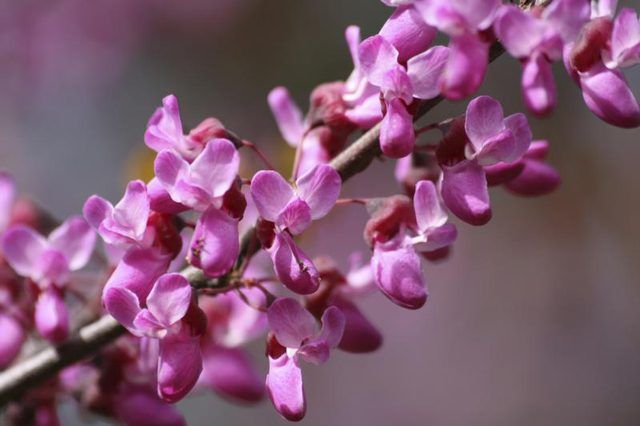Bulbs
Flower Basics
Flower Beds & Specialty Gardens
Flower Garden
Garden Furniture
Garden Gnomes
Garden Seeds
Garden Sheds
Garden Statues
Garden Tools & Supplies
Gardening Basics
Green & Organic
Groundcovers & Vines
Growing Annuals
Growing Basil
Growing Beans
Growing Berries
Growing Blueberries
Growing Cactus
Growing Corn
Growing Cotton
Growing Edibles
Growing Flowers
Growing Garlic
Growing Grapes
Growing Grass
Growing Herbs
Growing Jasmine
Growing Mint
Growing Mushrooms
Orchids
Growing Peanuts
Growing Perennials
Growing Plants
Growing Rosemary
Growing Roses
Growing Strawberries
Growing Sunflowers
Growing Thyme
Growing Tomatoes
Growing Tulips
Growing Vegetables
Herb Basics
Herb Garden
Indoor Growing
Landscaping Basics
Landscaping Patios
Landscaping Plants
Landscaping Shrubs
Landscaping Trees
Landscaping Walks & Pathways
Lawn Basics
Lawn Maintenance
Lawn Mowers
Lawn Ornaments
Lawn Planting
Lawn Tools
Outdoor Growing
Overall Landscape Planning
Pests, Weeds & Problems
Plant Basics
Rock Garden
Rose Garden
Shrubs
Soil
Specialty Gardens
Trees
Vegetable Garden
Yard Maintenance
How to Grow a Redbud Tree
How to Grow a Redbud Tree. Eastern redbud (Cercis canadensis) is a deciduous understory tree notable for its show-stopping display of purplish pink blooms, which appear in dense clusters in early spring. Flowers are followed by flat, bean-like seed pods up to 4 inches long which may persist on the tree into winter. The short-lived tree is prone to...

Eastern redbud (Cercis canadensis) is a deciduous understory tree notable for its show-stopping display of purplish pink blooms, which appear in dense clusters in early spring. Flowers are followed by flat, bean-like seed pods up to 4 inches long which may persist on the tree into winter. The short-lived tree is prone to a range of problems, though planting eastern redbud in the proper cultural conditions and providing basic maintenance will help keep the tree healthy.
Sun Depends on Climate
Eastern redbud is hardy in U.S. Department of Agriculture plant hardiness zones 4 to 8. In the northern end of the tree's range, full sunlight is ideal, while in the warmer southern part of its range, such as the lower Midwest, partial shade is preferable. Plant in a permanent location, as the tree does not do well when transplanted. If growing multiple redbuds, provide at least 25 feet of space between trees.
The Texas redbud (Cercis canadensis var. texensis "Oklahoma"), hardy in USDA zones 6 to 9, and western redbud (Cercis occidentalis), hardy in USDA zones 7 to 9, are more tolerant of warm weather. Both will grow in full sun or partial shade.
Well-Drained Soil Is Best
Redbud trees will tolerate a wide range of soil types, including dry, alkaline soil, though the tree will look its best in a well-draining, moderately fertile soil. Do not plant in wet or poorly draining soils, such as heavy clay soil. Fertilize twice in the spring at 6-week intervals with a granular 10-10-10 fertilizer, sprinkling fertilizer evenly over the ground. Use 1/2 cup of fertilizer per inch of trunk diameter, but do not exceed 5 cups per tree. Water the tree after fertilizing, and store unused fertilizer in a secure location away from children and pets.
Canker Is a Concern
Canker is a serious disease that commonly afflicts redbud trees, causing sunken lesions on branches that eventually grow and cause branches to wilt and girdle. There is no chemical control for this disease. Prune out infected branches, disinfecting your equipment afterwards by soaking your pruning shears or saw for 5 minutes in a solution that is half water and half rubbing alcohol. Rinse with water and air dry. Try not to nick or scratch the trunk with your shears, as the tree's thin bark can be damaged easily.
Stressed Trees Attract Borers
Though eastern redbud is drought-tolerant, the tree grows best with regular irrigation. Water regularly to keep the soil moderately moist, but not waterlogged or flooded. Stressed trees, and older trees, are more likely to be attacked by pests such as borers. Check for borer symptoms, such as holes in the branches surrounded by sawdust-like frass. Prune out infested branches. If the infestation spreads heavily to the trunk, remove and destroy the tree to avoid spreading the borers to neighboring trees.
Scale insects may form dense colonies on branches or leaves. Control the pests by spraying the entire tree with horticultural oil, diluting 2 to 5 teaspoons of oil in 1 gallon of water. Use a handheld or hose sprayer, taking care to coat the undersides of leaves and spraying until the whole tree is wet. Apply when temperatures are over 40 degrees Fahrenheit, and store unused oil in a secure location.